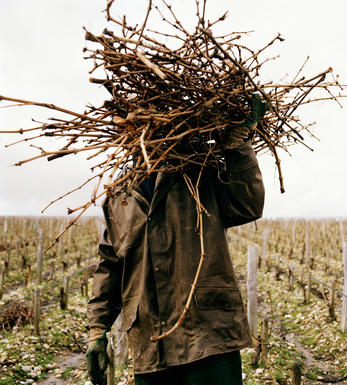
About this WINE

The Colonial Estate
The Colonial Estate is owned and managed by 'cult' winemaker Jonathan Maltus who made his name with St Emilion's Château Teyssier and its cult sister wines Le Dôme and Château Laforge.
The Colonial Estate is comprised of a range of vineyards throughout South Australia's Barossa Valley and Eden Valley. The winemaking team comprises of Neil Whyte, Cyril Beziat (from Château Teyssier) and Scott Hazeldine, with Gilles Pauquet consulting, as he does for Châteaux Cheval Blanc, Figeac, and Teyssier.
Maltus uses a number of methods unheard of in Barossa, home to some of Australia's most celebrated small producers. He imported all his winemaking equipment from St Emilion: wooden vats, barrels, triage tables and makes sure the wine is genuinely 'handmade' to the point of sorting the grapes both before and after destemming, ensuring nothing other than pristine grapes are placed into the vat.
'Exile' is sourced from the 'Lange' Vineyard which is surrounded by homes and used to supply grapes for the production of the mighty 'Grange'. This single-vineyard wine is made up of old vine Shiraz with some Mourvedre and Muscadelle. The age of some of these vines date back to the 1800's.

Barossa Valley
Barossa Valley is the South Australia's wine industry's birthplace. Currently into its fifth generation, it dates back to 1839 when George Fife Angas’ South Australian Company purchased 28,000 acres at a £1 per acre and sold them onto landed gentry, mostly German Lutherans. The first vines were planted in 1843 in Bethany, and by the 1870s – with Europe ravaged by war and Phylloxera - Gladstone’s British government complemented its colonies with preferential duties.
Fortified wines, strong enough to survive the 20,000km journey, flooded the British market. Churchill followed, between the Wars, re-affirming Australia’s position as a leading supplier of ‘Empire wines’. After the Second World War, mass European immigration saw a move to lighter wines, as confirmed by Grange Hermitage’s creation during the 1950s. Stainless-steel vats and refrigeration improved the quality of the dry table wines on offer, with table wine consumption exceeding fortified for the first time in 1970.
Averaging 200 to 400 metres’ altitude, the region covers 6,500 hectares of mainly terra rossa loam over limestone, as well as some warmer, sandier sites – the Cambrian limestone being far more visible along the eastern boundary (the Barossa Ranges) with Eden Valley. Following a diagonal shape, Lyndoch at the southern end nearest Gulf St Vincent is the region’s coolest spot, benefiting from sea fogs, while Nuriootpa (further north) is warmer; hot northerlies can be offset by sea breezes. The region is also home to the country’s largest concentration of 100-year-old-vine Shiraz, Grenache and Mourvedre.
Barossa Valley Shiraz is one of the country’s most identifiable and famous red wine styles, produced to a high quality by the likes of Rockford, Elderton, Torbreck and Dean Hewitson. Grenache and Mourvèdre are two of the region’s hidden gems, often blended with Shiraz, yet occasionally released as single vineyard styles such as Hewitson’s ‘Old Garden’, whose vines date back to 1853. Cabernet Sauvignon is a less highly-regarded cultivar.
Wines are traditionally vinified in open concrete fermenters before being cleaned up and finished in American and French oak barrels or ‘puncheons’ of approximately 600 litres. Barossa Shiraz should be rich, spicy and suave, with hints of leather and pepper.

Syrah/Shiraz
A noble black grape variety grown particularly in the Northern Rhône where it produces the great red wines of Hermitage, Cote Rôtie and Cornas, and in Australia where it produces wines of startling depth and intensity. Reasonably low yields are a crucial factor for quality as is picking at optimum ripeness. Its heartland, Hermitage and Côte Rôtie, consists of 270 hectares of steeply terraced vineyards producing wines that brim with pepper, spices, tar and black treacle when young. After 5-10 years they become smooth and velvety with pronounced fruit characteristics of damsons, raspberries, blackcurrants and loganberries.
It is now grown extensively in the Southern Rhône where it is blended with Grenache and Mourvèdre to produce the great red wines of Châteauneuf du Pape and Gigondas amongst others. Its spiritual home in Australia is the Barossa Valley, where there are plantings dating as far back as 1860. Australian Shiraz tends to be sweeter than its Northern Rhône counterpart and the best examples are redolent of new leather, dark chocolate, liquorice, and prunes and display a blackcurrant lusciousness.
South African producers such as Eben Sadie are now producing world- class Shiraz wines that represent astonishing value for money.



Buying options
Add to wishlist
Description
An old vine multi-blend from various terroirs, using Shiraz, Grenache, Mourvèdre, Muscadelle and Cabernet Sauvignon. The inaugural super-ripe 2002 vintage scored 95 points from The Wine Advocate. The 2003, harvested after replenishing rains following a blistering summer, has a more energetic freshness and a cooler fruit without losing the intensity borne from severe yields.
wine at a glance
Delivery and quality guarantee